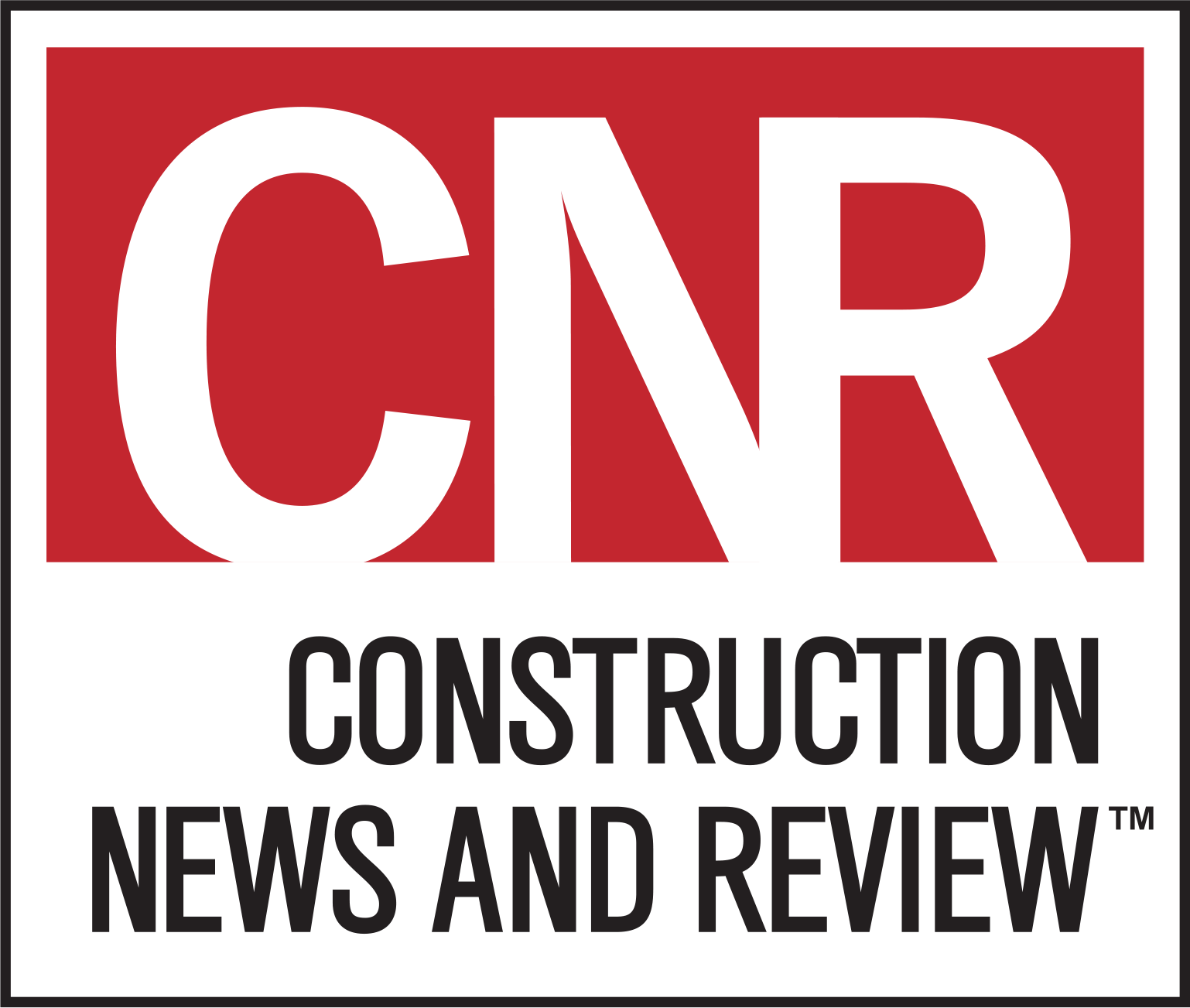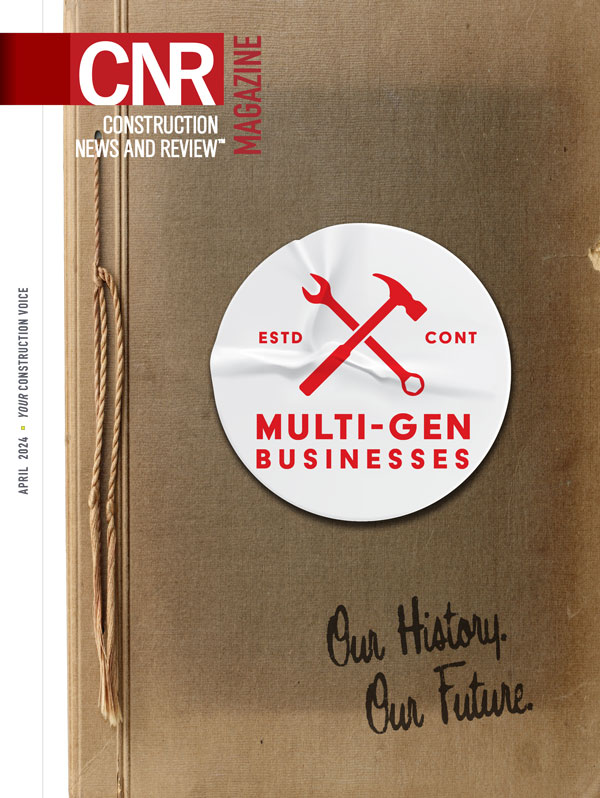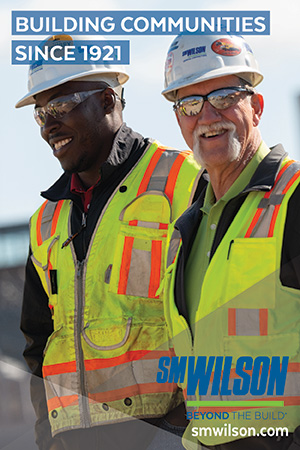The Rise of Women in Construction: Why It’s Critical, Especially in Field Leadership
By NANCY NOVAK
Women have made tremendous strides in making the construction industry more diverse. Despite progress, women are still severely underrepresented in leadership and project supervisory roles. Both have traditionally been the domain of men, and we must bring more women into these roles because it will help solve many significant challenges our industry faces.
Kabri Lehrman-Schmid is a project superintendent at Hensel Phelps. She is outspoken about the importance of having more women enter field leadership roles, and she makes an undeniable case for how women bring indispensable skills and attributes to these roles. It isn’t gender diversity for the sake of more diversity. It’s about having the right workforce in place for a sustainable future.
Kabri isn’t just talking the talk. She’s walking the walk. On her current projects, including her current $102 million project at the University of Washington, many women serve as supervisors, overseeing the excellent work of skilled tradeswomen and men. In many ways, this project is a blueprint for the future of women in construction.
Reflecting on our chat, promoting women into significant leadership roles is essential for our industry’s growth, relevance, and long-term impact. Kabri said it best when she spoke of her responsibility to serve people best – both her team and those who hold her contract.
For me, it was a goosebumps moment: Serving others.
Women bring a different lens to leadership. Our unique perspective and approach produce different results and allow our industry to problem-solve and deliver in new ways, which is exciting.
Building Relationships, Opening Lines of Communication
A few inspiring things stand out from my conversation with Kabri and are worth sharing. Women put a different stamp on leadership, and it is worthy of a more extensive conversation because there are takeaways every company can use.
In Kabri’s case, it starts with bringing her team together and opening lines of communication. Her collaborative style invites team members – at all levels – to ask questions, share perspectives, and solve problems. There are no wrong answers or opinions, with each person bringing something different. The diversity in perspectives and ideas drawn from life and job experience is critical.
Kabri uses a favorite construction metaphor when describing her role. Field leadership has the unique opportunity to build bridges between ownership, the design team and those putting the work in place. As the supervisor responsible for the ultimate delivery of her projects, she can inspire her team by acknowledging their contributions to the bigger picture. By sharing her logistical, networking and contractual resources, she can empower her teammates to achieve their own success. If the leader in her position doesn’t model how to bring value to the team, she says, who will?
Building relationships with the team is vital to success and invites others to mimic that behavior. Doing so serves as a motivating catalyst for a high-performing team. Female leaders, especially, have an opportunity to demonstrate and inspire.
I believe this comes from an innate difference in approach, one that encourages better behaviors and motivates parties in new ways.
Job One: Attracting, Training, and Promoting Skilled Tradeswomen
While our industry has made marginal progress in elevating women into C-suite and management roles, we have yet to catch up in skilled trades. According to the Bureau of Labor Statistics, women comprise 11 percent of employees in the U.S. construction sector. Still, only 4 percent are employed in construction trades, a slight increase from a little less than 3 percent 20 years ago.
Meanwhile, the construction industry faces a massive, worsening workforce shortfall inhibiting our ability to keep up with the growth in demand for construction projects. An analysis from Associated Builders and Contractors predicted the need for about 590,000 new workers this year alone. Industry growth and demand for a skilled workforce is the reality. We have a tremendous opportunity to elevate women in our industry, but we have plenty of work to do.
Kabri and I agree that it will take a deliberate focus on training to bring diverse people into field leadership with positive implications for production, safety and innovation. We need new thought processes and voices. More skilled tradeswomen as role models, especially in leadership, is a great start.
What will it take to get more women into skilled trades – to attract, train, and then promote them into leadership positions? I believe it starts with education. Many women do not know what skilled trades are and have few role models to emulate. Kabri told me a story from her college days when she worked in a local Starbucks and observed a project manager overseeing a construction project on the premises. That moment was a catalyst that propelled her onto her career path.
A Blueprint for Recruitment and Retention
Where do we go from here? How do we ensure our pipeline of future female leaders in our industry, specifically in the skilled trades, is filled? Flexibility, technology and new thinking are the key.
Let’s start with issues that are top of mind for many women: balancing a job and family obligations. To be fair, it is not just mothers who care; many men do. But as female leaders in the construction business, we are uniquely positioned to start the conversation, find solutions and put support systems in place.
A recent study by the National Center for Construction Education and Research found that a quarter of tradeswomen faced disciplinary action due to family emergencies compared to only four percent of women in other construction field positions.
This reality calls for solutions. If a team member is about to have a baby or a family member is hospitalized, how do we think in advance about backfilling her role? Transparent and open team communication is imperative, and it starts with empowered leadership.
Likewise, leveraging technology is increasingly significant in promoting more women into leadership roles. Before the pandemic, we believed in-person and onsite meetings were imperative for operations. Now, we can use Zoom or similar apps from our offices and phones to gauge progress, problem-solve, and communicate issues in real time. Covid changed the game for us and has been a significant benefit for women.
Lastly, we need to make our jobsites more welcoming to women, whether it means clean, accessible restrooms or providing PPE like glasses, safety vests, gloves and other gear made to fit women. We must look at coordination and crew structures and put procedures in place, allowing for differences in our bodies and how we use them on a construction site.
To provide these incentives and promote more women in construction leadership roles on the jobsite and elsewhere, we need to create a culture where individuals can thrive and reach their full potential. I know it is possible, and I invite you to help me and other women leaders pave the way.
Nancy Novak is chief innovation officer at Compass Datacenters.
Fresh Content
Direct to Your Inbox

YOUR CONSTRUCTION VOICE IN ST. LOUIS AND BEYOND
Join CNR Magazine today as a Content Partner
As a CNR Content Partner, CNR Magazine promises to support you as you build, design and engineer projects not only in and around St. Louis, but also across the U.S. CNR is equipped and ready to deliver a dynamic digital experience paired with the top-notch, robust print coverage for which you’ve always known and respected the magazine.




